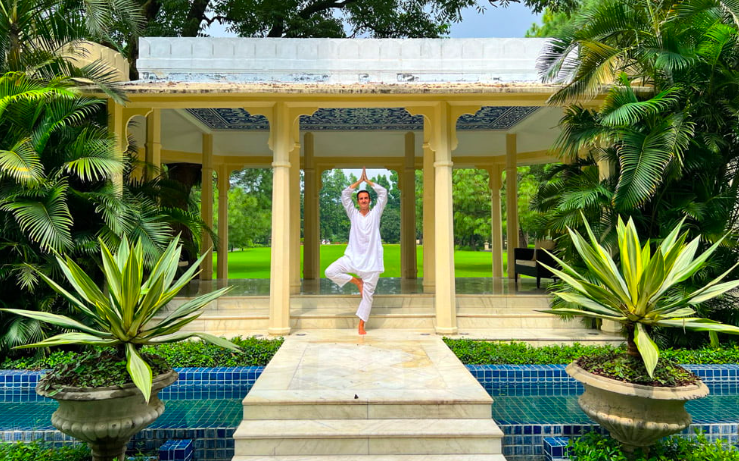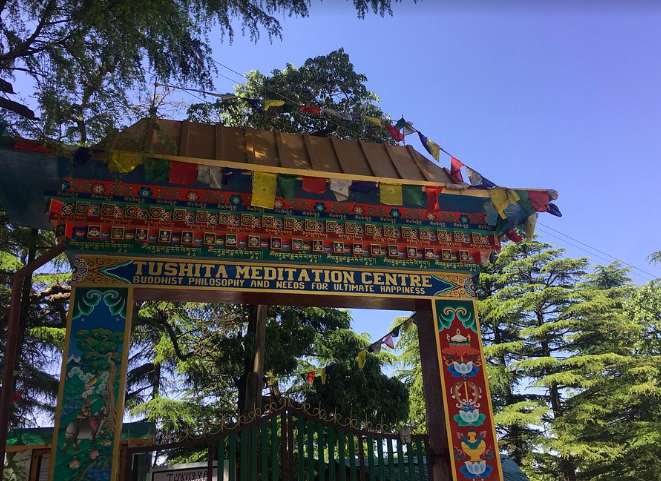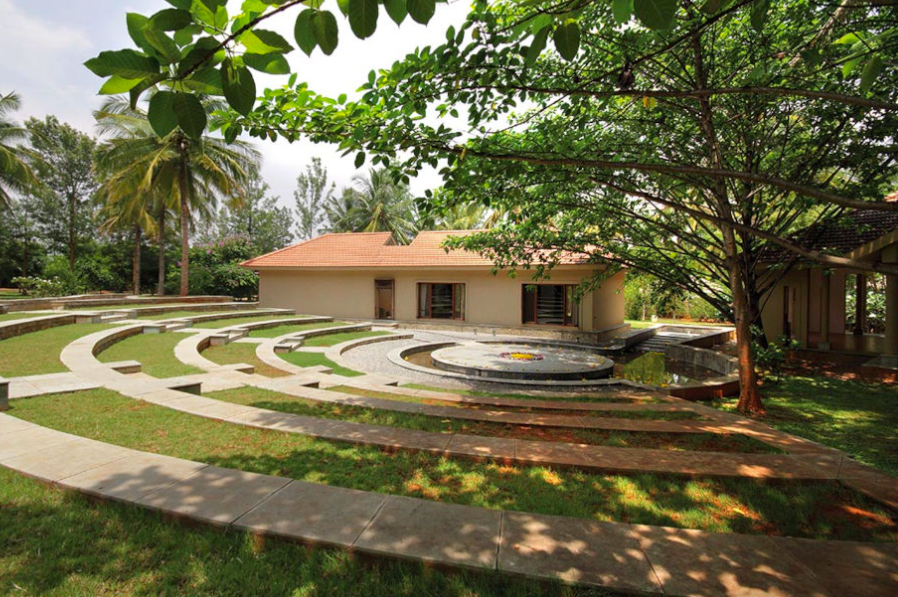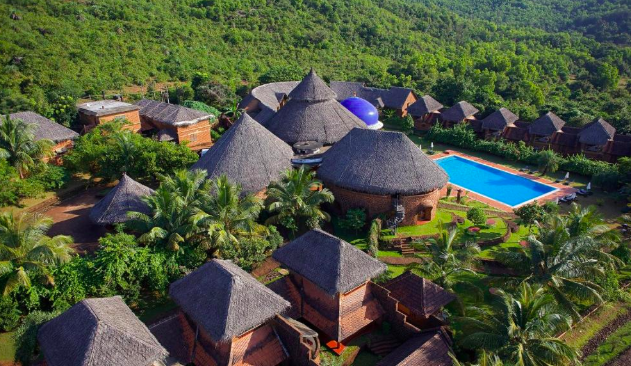As the pace of modern life accelerates, travellers are seeking more than just picturesque getaways. A growing segment is gravitating towards destinations that offer quietude, holistic healing, and intentional living. Wellness tourism in India has seen a significant rise over the past few years, fuelled by digital fatigue, post-pandemic lifestyle shifts, and a growing desire for inner clarity. From Himalayan retreats to coastal sanctuaries, a new generation of wellness-led properties is redefining luxury — one silent, screen-free moment at a time.
Among the most sought-after destinations is Six Senses Vana, located in the forested outskirts of Dehradun. The property doesn’t market itself as a hotel — it calls itself an “ashram in disguise.” Rooted in traditional systems such as Ayurveda and Sowa Rigpa (Tibetan medicine), Vana offers highly personalised wellness pathways. Guests are encouraged to reduce digital engagement, with mobile phone use discouraged in common spaces. The retreat’s restrained architecture, sustainable practices, and emphasis on slow healing have positioned it as one of the most transformative wellness experiences in the country.

In Rishikesh, Ananda in the Himalayas continues to be a benchmark for India’s wellness hospitality sector. Built on a 100-acre palace estate, Ananda combines ancient Indian philosophies with modern health sciences. Programmes range from stress management to detox and emotional healing. What sets it apart is its deep integration of Vedanta philosophy, daily yoga, and the absence of entertainment devices in guest rooms — encouraging a shift from distraction to deep rest.

Moving northwards, Tushita Meditation Centre in Dharamkot near McLeod Ganj offers a more austere, introspective form of retreat. Known for its silent, ten-day residential programmes, Tushita attracts a global audience of spiritual seekers. Mobile devices are surrendered at check-in, and the routine is structured around seated meditations, dharma talks, and periods of noble silence. While the accommodation is basic, the mental and emotional clarity participants report post-retreat makes it one of the most sought-after Buddhist meditation centres in the region.

Closer to the city, Shreyas Retreat, located on the outskirts of Bengaluru, offers an alternative model — fusing understated luxury with yogic living. With just over a dozen rooms, the retreat delivers an intimate experience centred around yoga, vegetarian cuisine, organic farming, and spa treatments. Guests are invited to partake in community service and meditative practices, promoting a balanced approach to self-care that extends beyond aesthetics.

On India’s western coast, SwaSwara in Gokarna provides an immersive experience that blends oceanic serenity with curated wellness. Built using sustainable materials, the retreat emphasises Ayurvedic therapies, yoga, art-based self-discovery, and minimal digital interaction. With no WiFi in rooms and minimal use of artificial light, SwaSwara champions a return to elemental living. The design is raw, open, and deeply connected to the land — a key factor in its growing appeal among conscious travellers.

These properties represent a shift in how wellness is being redefined in Indian hospitality. No longer restricted to spas or yoga sessions, today’s wellness destinations are about lifestyle recalibration. They invite travellers to reorient their relationship with technology, food, the body, and — most importantly — the self. In an age where ‘doing nothing’ is considered a luxury, India’s wellness retreats offer the rarest of indulgences: the space to simply be.





